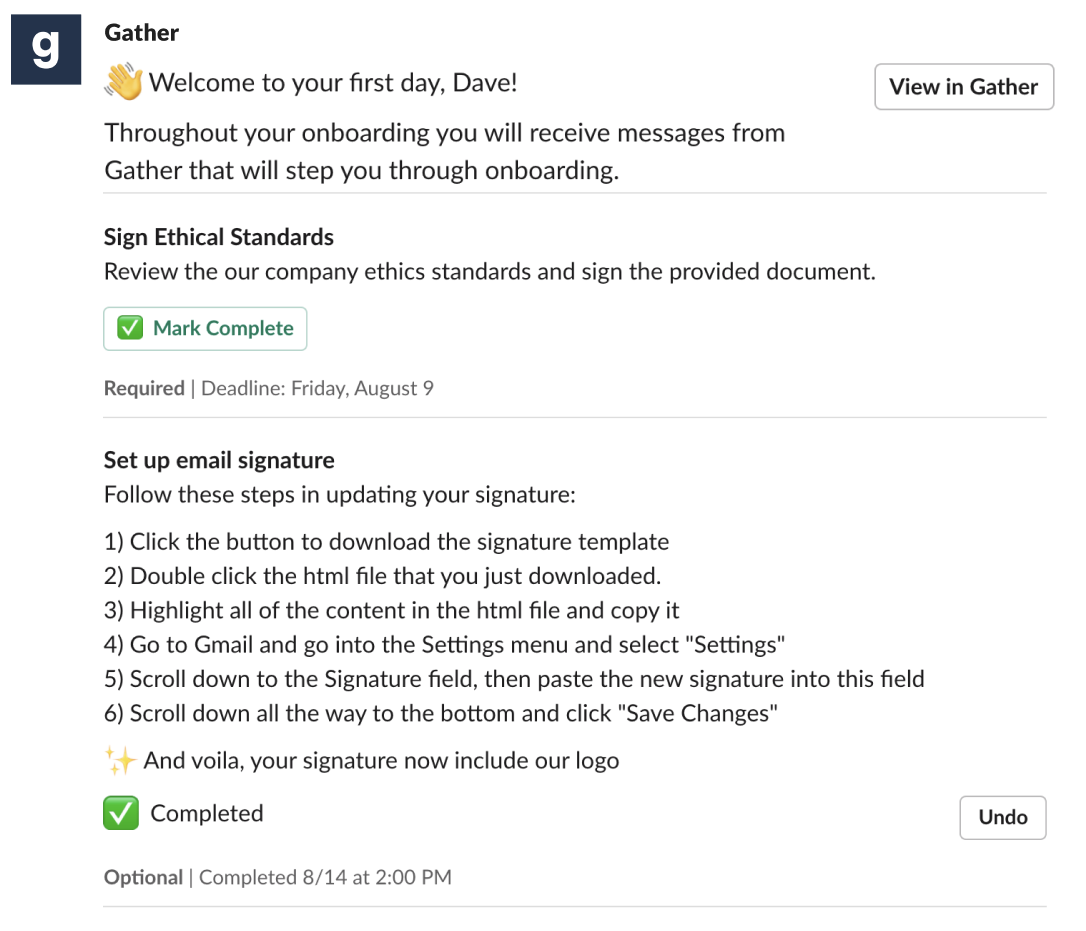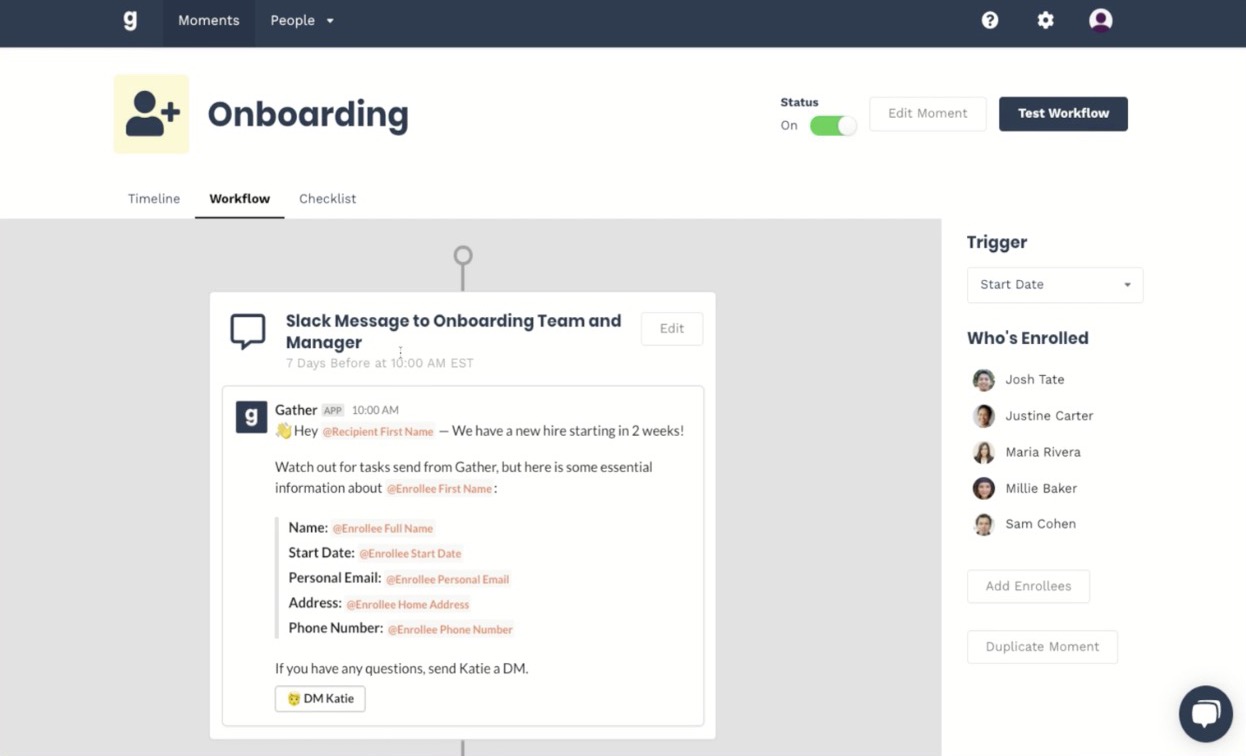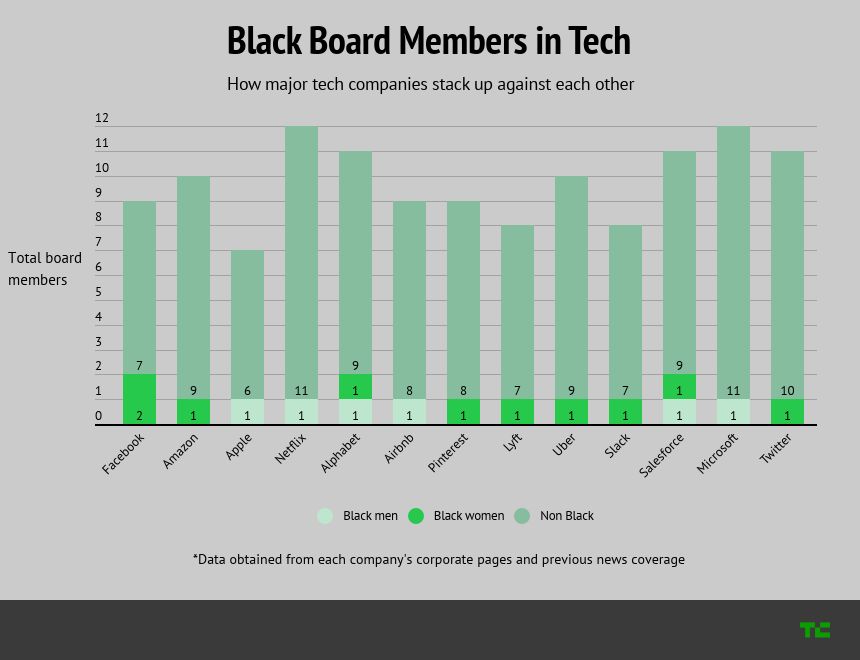Feeling as if you should better understand special purpose acquisition vehicles – or SPACS — than you do? You aren’t alone.
Like most casual observers, you’re probably already aware that Paul Ryan now has a SPAC, as does baseball executive Billy Beane and Silicon Valley stalwart Kevin Hartz. You probably know, too, that entrepreneur Chamath Palihapitiya seemed to kick off the craze around SPACS — blank-check companies that are formed for the purpose of merging or acquiring other companies — in 2017 when he raised $600 million for a SPAC. Called Social Capital Hedosophia Holdings, it was ultimately used to take a 49% stake in the British spaceflight company Virgin Galactic.
But how do SPACS come together in the first place, how they work exactly, and should you be thinking of launching one? We talked this week with a number of people who are right now focused on almost nothing but SPACs to get our questions — and maybe yours, too — answered.
First, why are these things suddenly spreading like weeds?
Kevin Hartz — who we spoke with after his $200 million blank-check company made its stock market debut on Tuesday — said their popularity ties in part to “Sarbanes Oxley and the difficulty in taking a company public the traditional route.”
Troy Steckenrider, an operator who has partnered with Hartz on his newly public company, said the growing popularity of SPACs also ties to a “shift in the quality of the sponsor teams,” meaning that more people like Hartz are shepherding these vehicles versus “people who might not be able to raise a traditional fund historically.”
Indeed, according to the investment bank Jefferies, 76% of last year’s SPACs were sponsored by industry executives who “typically have public company experience or have sold their prior business and are seeking new opportunities,” up from 65% in 2018 and 32% in 2017.
Don’t forget, too, that there are whole lot of companies that have raised tens and hundreds of millions of dollars in venture capital and whose IPO plans may have been derailed or slowed by the COVID-19 pandemic. Some need a relatively frictionless way to get out the door, and there are plenty of investors who would like to give them that push.
How does one start the process of creating a SPAC?
The process is really no different than a traditional IPO, explains Chris Weekes, a managing director in the capital markets group at the investment bank Cowen. “There’s a roadshow that will incorporate one-on-one meetings between institutional investors and the SPAC’s management team” to drum up interest in the offering.
At the end of it, institutional investors like mutual funds, private equity funds, and family offices buy into the offering, along with a smaller percentage of retail investors.
Who can form a SPAC?
Basically anyone who wants to create one and who can persuade shareholders to buy its shares.
These SPACs all seem to sell their shares at $10 apiece. Why?
Easier accounting? Tradition? It’s not entirely clear, though Weekes says $10 has “always been the unit price” for SPACs and continues to be, with the very occasional exception, such as with Bill Ackman’s Pershing Square Capital Management.
Last month it launched a $4 billion SPAC that sold units for $20 each.
Have SPACS changed structurally over the years?
Funny you should ask! This gets a little more technical, but when buying a unit of a SPAC, institutional investors typically get a share of common stock and a warrant or a fraction of a warrant. A warrant is security that entitles the holder to buy the underlying stock of the issuing company at a fixed price at a later date; warrants are used as deal sweeteners to keep investors involved with a company.)
Earlier in time, when a SPAC announced the company it planned to buy, institutional investors in the SPAC — who had to sign NDA-type agreements — would vote yes to the deal if they wanted to keep their money in, and no to the deal if they wanted to redeem their shares and get out. But sometimes investors would team up and threaten to torpedo the deal if they weren’t given founder shares or other preferential treatment. (“There was a bit of bullying in the marketplace,” says Weekes.)
Regulators have since separated the right to vote and the right to redeem one’s shares, meaning investors today can vote ‘yes’ or ‘no’ and still redeem their capital, making the voting process more perfunctory and enabling most deals to go through as planned.
Does that mean SPACs are more safe? They haven’t had the best reputation historically.
They’ve “already gone through their junk phase,” suspects Albert Vanderlaan, an attorney in the tech companies group of Orrick, the global law firm. “In the ’90s, these were considered a pretty junky situation,” he says. “They were abused by foreign investors. In the early 2000s, they were still pretty disfavored.” Things could turn on a dime again, he suggests, but over the last couple of years, the players have changed for the better, which is making a big difference.
How much of the money raised does a management team like Hartz and Steckenrider keep?
The rough rule of thumb is 2% of the SPAC value, plus $2 million, says Steckenrider. The 2% roughly covers the initial underwriting fee; the $2 million then covers the operating expenses of the SPAC, from the initial cost to launch it to legal preparation, accounting, and NYSE or NASDAQ filing fees. It’s also “provides the reserves for the ongoing due diligence process,” he says.
Is this money like the carry that VCs receive, and do a SPAC’s managers receive it no matter how the SPAC performs?
Yes and yes.
Here’s how Hartz explains it: “On a $200 million SPAC, there’s a $50 million ‘promote’ that is earned at $10 a share if the transaction consummates at $10 a share,” which, again, is always the traditional size of a SPAC. “But if that company doesn’t perform and, say, drops in half over a year or 18-month period, then the shares are still worth $25 million.”
Hartz calls “egregious,” though he and Steckenrider formed their SPAC in exactly the same way, rather than structure it differently.
Says Steckrider, “We ultimately decided to go with a plain-vanilla structure [because] as a first-time spec sponsor, we wanted to make sure that the investment community had as as easy as a time as possible understanding our SPAC. We do expect to renegotiate these economics when we go and do the [merger] transaction with the partner company,” he adds.
From a mechanics standpoint, what happens right after SPAC has raised its capital?
The money is moved into a blind trust until the management team decides which company or companies it wants to acquire. Share prices don’t really move much during this period as no investors know (or should know, at least) what the target company will be yet.
Does a $200 million SPAC look to acquire a company that’s valued at around the same amount?
No. According to law firm Vinson & Elkins, there’s no maximum size of a target company — only a minimum size (roughly 80% of the funds in the SPAC trust).
In fact, it’s typical for a SPAC to combine with a company that’s two to four times its IPO proceeds in order to reduce the dilutive impact of the founder shares and warrants.
In the case of Hartz’s and Steckenrider’s SPAC (it’s called “one”), they are looking to find a company “that’s approximately four to six times the size of our vehicle of $200 million,” says Harzt, “so that puts us around in the billion dollar range.”
Where does the rest of the money come from if the partner company is many times larger than the SPAC itself?
It comes from PIPE deals, which, like SPACs, have been around forever and come into and out of fashion. These are literally “private investments in public equities” and they get tacked onto SPACs once management has decided on the company with which it wants to merge.
It’s here that institutional investors get different treatment than retail investors, which is why some industry observers are wary of SPACs.
Specifically, a SPAC’s institutional investors — along with maybe new institutional investors that aren’t part of the SPAC — are told before the rest of the world what the acquisition target is under confidentiality agreements so that they can decide if they want to provide further financing for the deal via a PIPE transaction.
The information asymmetry seems unfair. Then again, they’re restricted not only from sharing information but also from trading the shares for a minimum of four months from the time that the initial business combination is made public. Retail investors, who’ve been left in the dark, can trade their shares any time.
How long does a SPAC have to get all of this done?
It varies, but the standard seems to be around two years.
What do you call that phase of the deal after the partner company has been identified and agrees to merge, but before the actual combination?
That’s called De-SPACing and during this stage of things, the SPAC has to obtain shareholder approval through that vote we talked about, followed by a review and commenting by the SEC.
Toward the end of this stretch — which can take 12 to 18 weeks — bankers aretaking out the new operating team and, in the style of a traditional roadshow, getting the story out to analysts who cover the segment so when the combined new company is revealed, it receives the kind of support that keeps public shareholders interested in a company.
Will we see more people from the venture world like Palihapitiya and Hartz start SPACs?
So far, says Weekes, he’s seeing less interest from VCs in sponsoring SPACs and more interest from them in selling their portfolio companies to a SPAC. As he notes, “Most venture firms are typically a little earlier stage investors and are private market investors, but there’s an uptick of interest across the board, from PE firms, hedge funds, long-only mutual funds.”
That might change if Hartz has anything to do with it. “We’re actually out in the Valley, speaking with all the funds and just looking to educate the venture funds,” he says. “We’ve had a lot of requests in. We think we’re going to convert [famed VC] Bill Gurley from being a direct listings champion to the SPAC champion very soon.”
In the meantime, Hartz says his SPAC doesn’t have a specific target in mind yet. But he does takes issue with the word “target,” preferring instead “partner” company.
“A target sounds like we’re trying to assassinate somebody.”






